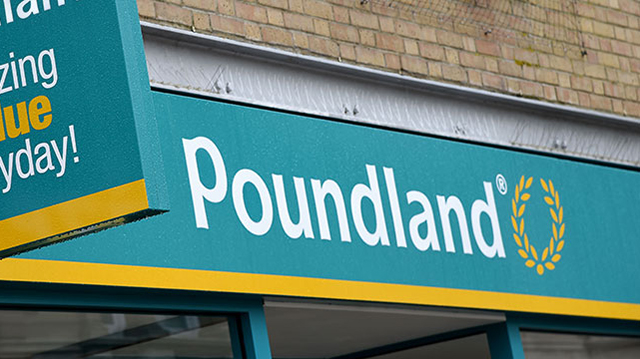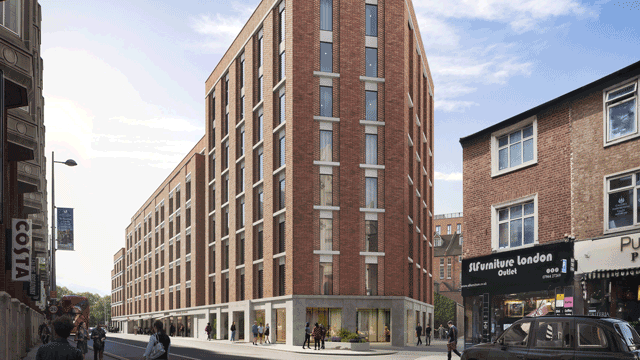Casual observers may believe that with council waiting lists topping 1.5m households, stubbornly low house-building volumes and rising numbers of frustrated first-time buyers, every home in every town and city would be full to bursting. Yet the truth is very different.
In England alone, the number of empty homes has increased by 1.8% in the past year to a record high of 662,105 according to the Halifax. Around half are long-term privately owned, vacant for six months or more, with the remaining being publicly owned homes ranging from redundant Ministry of Defence housing to empty council and housing association properties.
The Empty Homes Agency, a campaigning charitable trust, says that across the UK the total is 930,000 of which 350,000 properties (approximately the size of Leeds) have been empty for more than 18 months. These do not include uninhabitable homes, those due for demolition or empty spaces above shops that have no residential planning use class.
Celebrity architect George Clarke calls the situation “a national scandal” that “makes no sense” and “wrecks communities and affects businesses and families alike”. He led a high-profile campaign this winter to highlight the issue, but is this merely an emotional wrench at heart-strings or the identification of a way to help meet the UK’s housing shortage?
Jonathan Wilkinson of the newly enlarged Hunters Property Group works with housebuilders, mainly in the north of England, and takes a hard line. He says areas of highest demand for homes have the smallest numbers of “empties” and dismisses the issue as a diversion, allowing politicians to avoid tough decisions on new homes, which “would mean building on green fields and confronting vociferous and well-funded lobby groups.”
In any case, he says many empty publicly owned homes that are now vacant were purchased because they could not be restored at economic cost; many housebuilders agree, although five contacted by Estates Gazette declined to go on the record about such a sensitive issue.
Other sectors of the industry also rail against those seeking more empty homes to be brought back into residential use, for environmental as well as economic reasons.
Citu, a regeneration developer that has converted redundant buildings into homes, says a more nuanced strategy is needed. Development manager Karen Stafeckis insists that “a blanket approach of putting these straight back into use should be treated with caution”.
She says: “It’s being suggested that a few knocked-through walls and a lick of paint will solve the housing crisis. We shouldn’t jump to a solution that may put further barriers in the way of achieving future crucial regeneration.”In other words, some homes can be refurbished but others should, eventually, be demolished.
However, others insist more can be done and the spotlight is brightest on the public sector.
David Ireland, chief executive of the Empty Homes Agency, says he is “calling on councils to dispose of abandoned housing at discounted prices and higher council tax on long-term empty homes. The revenue generated should be reinvested in bringing more empty homes into use.”
He also wants an annual audit of empty public sector homes, the beefing-up of rarely used community right to use powers – where residents can lobby public bodies to sell redundant land – and for government guidance to individual departments to sell empty homes, such as those on military air bases and near redundant prisons.
David Isaacson, a lawyer at Cobbetts LLP working with housing associations across the country, says the government should coordinate diverse measures, such as local groups being funded to refurbish public sector properties, offset by later rental income in the public or private sector once the homes are habitable. A further option would be to encourage private landlords to lease their empty homes to social enterprises to renovate.
He says: “The principle of trying to re-use empty properties isn’t inherently flawed. It’s just a question of thinking of innovative ways to progress the necessary refurbishment.”
“Innovative” may be the operative term. New-build establishment bodies, from developers to consultants, appear unlikely to help, as the work would involve lower profit margins than constructing from scratch. It would also be in those areas of the country that have the most empty homes, such as the Midlands and northern England, where demand for homes is lowerand price-sensitivity is greater than in the south.
Even so, bringing empty homes back into use could make a dent in the housing shortage. Around 22,000 were renovated and returned to the national housing stock in 2010 – that is more than 20% of the number of new houses and flats built. And according to George Clarke “it could be many more in future.”











